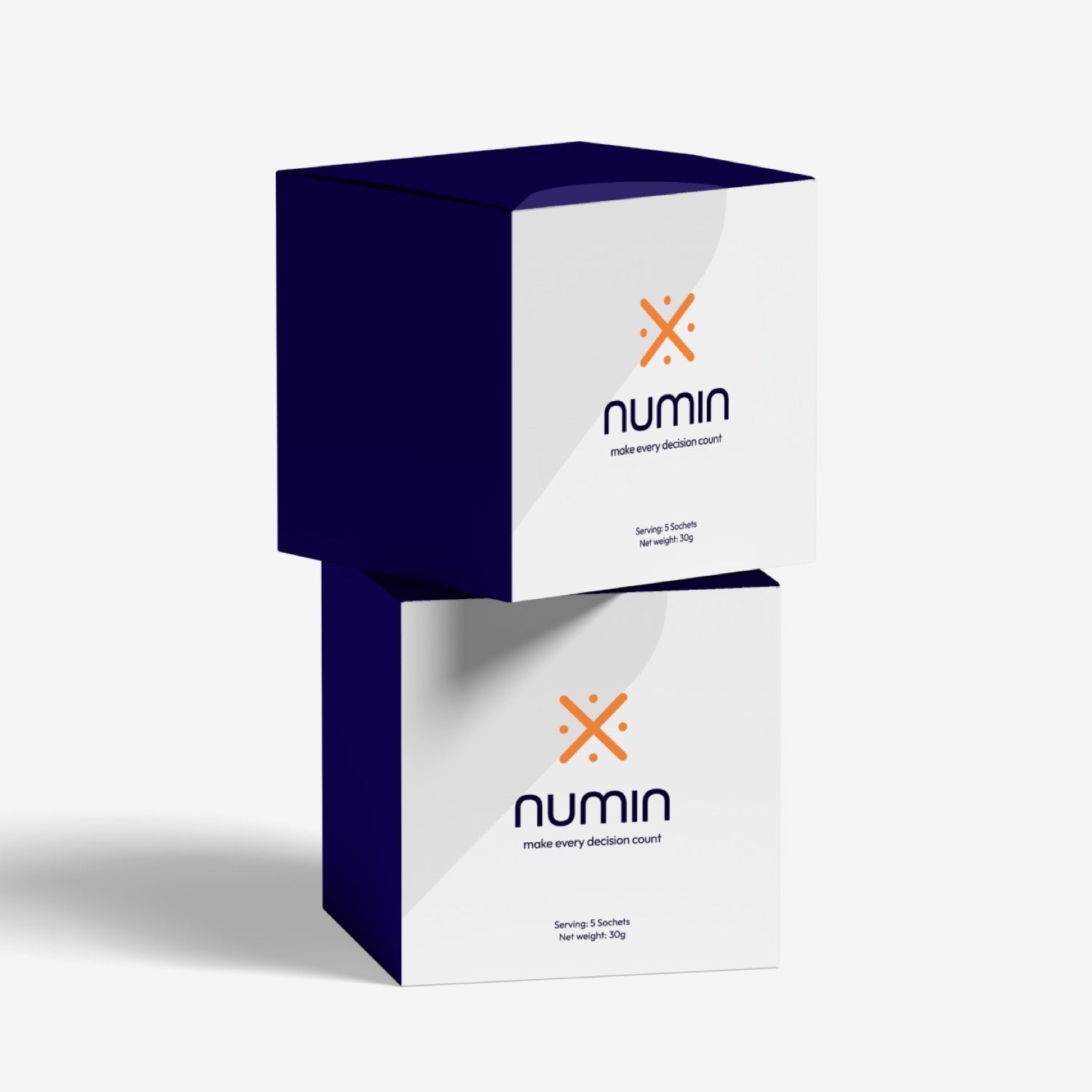The 10-10-10 Method: How Time Horizons Reshape Better Decisions


Humans naturally overweight the present moment. A bias known as “present bias.” When we’re stressed or emotional, that bias intensifies. We prioritize immediate relief, even at the cost of our future well-being.
The 10-10-10 Method interrupts this bias by pulling your attention across different time horizons:
- the emotional present
- the emerging future
- the long-term identity arc
Why It Works
Each timeframe activates a different part of your brain:
- Short-term thinking activates emotional processing.
- Mid-term thinking activates reasoning and consequence evaluation.
- Long-term thinking activates identity-based decision-making.
When you write down how a choice affects each timeline, you’re essentially moving your brain out of “emotional fog” and into “strategic clarity.”
It’s Not About Equal Weight
The power isn’t in forcing all three timelines to matter equally.
It’s in figuring out which one deserves the most influence for the choice at hand.
Some decisions need immediate boundaries.
Some affect the next season of your life.
Some shape the next decade.
Once you see the difference, the choice becomes clearer and often simpler.
Clarity across time horizons is hardest to access when your brain is under heavy decision load. Numin was developed by neuroscientists as a biotech solution for decision fatigue, supporting the brain’s natural glutamate clearance when that “traffic jam” builds in your decision pathways. With up to 6 hours of sustained decision clarity, it helps you shift out of the emotional present and make choices aligned with the future you’re trying to build.
Did you know?


Numin - Decision Fatigue Solution
6 hours of sustained decision clarity. Make sharper decisions when everyone else fades.
Secure Your Order - Buy NowReferences
Ainslie, G. (1992). Picoeconomics: The strategic interaction of successive motivational states within the person. Cambridge University Press.
Bechara, A., Damasio, H., & Damasio, A. R. (2003). Role of the amygdala in decision‐making. Annals of the New York Academy of Sciences, 985(1), 356-369.
Hershfield, H. E. (2011). Future self‐continuity: How conceptions of the future self transform intertemporal choice. Annals of the New York Academy of Sciences, 1235(1), 30-43.
Hershfield, H.E., Wimmer, G. E., & Knutson, B. (2009). Saving for the future self: Neural measures of future self-continuity predict temporal discounting. Social cognitive and affective neuroscience, 4(1), 85-92.
Meet the Author



